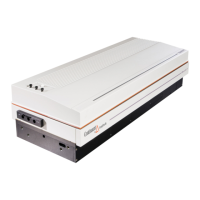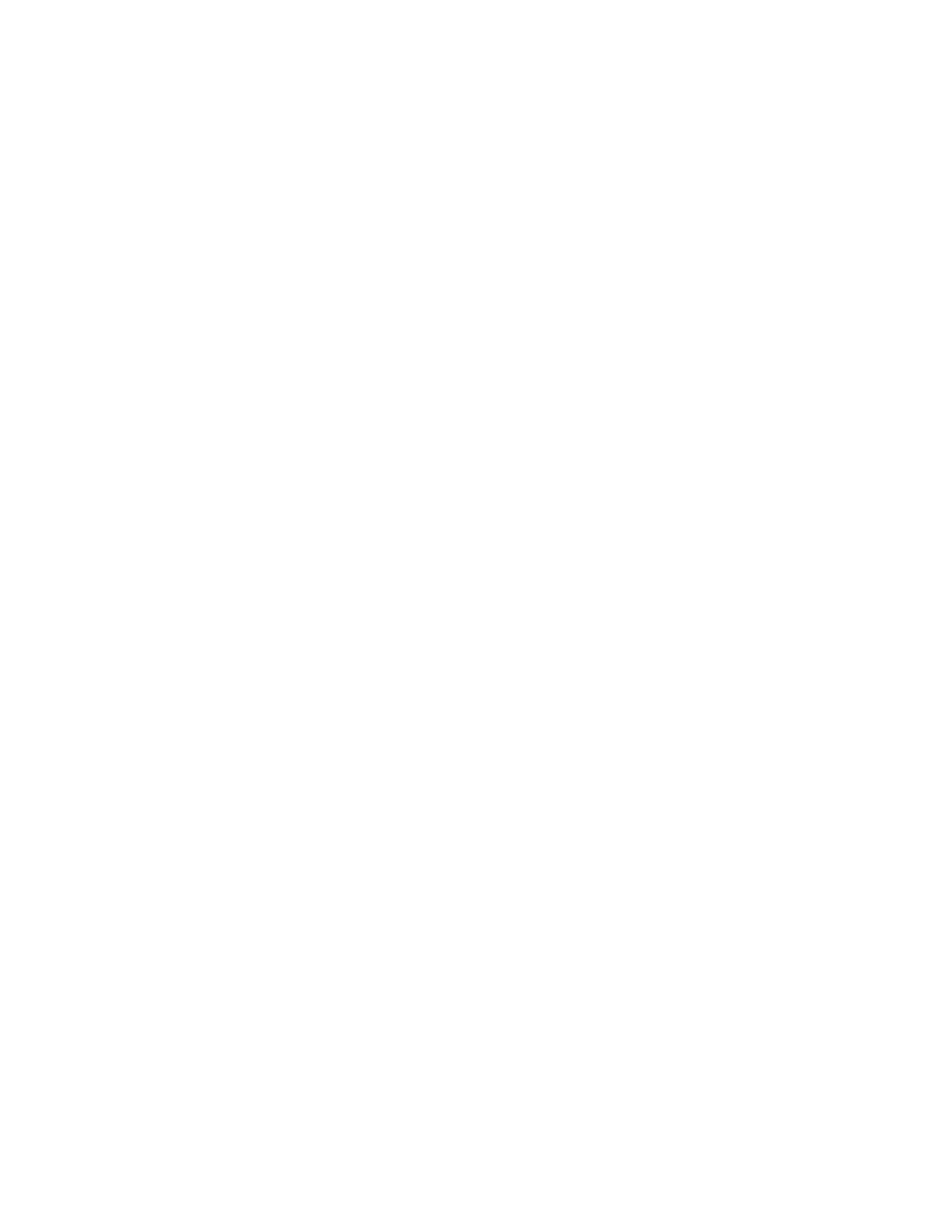26
4. Set the seeder Mode Switch to AUTO. LED 2 (green) on the seeder control PCB should flash at
one-half the laser repetition rate of the host laser. Use a business card (or like) to block and
unblock the seed laser beam before the Faraday isolator.
5. With the seed laser beam blocked, the etalon fringes should appear very wide and somewhat
indistinct. When the seed laser beam is introduced, the fringes should constrict noticeably
and become more distinct. Good frequency overlap is evident when the unseeded broad
fringes constrict symmetrically to the distinct seeded fringes. This is checked by repetitively
blocking and unblocking the seed beam and watching the fringes. Typically it is necessary
to adjust the seed laser temperature/frequency potentiometer to center the seeded fringes in
the unseeded fringes. As the seed laser frequency is adjusted through its range, the etalon
fringes periodically will jump. These jumps in the etalon fringes correspond to mode hops,
as described in Section 1.1.6 and 1.1.7. They occur approximately every 20 GHz in the 1.06
µm seed laser (40 GHz @ 532 nm). It is important to run the seed laser at a frequency
roughly centered between mode hops.
6. As a check, optimal frequency overlap will correspond to minimum loss in 1.06 µm power when
the host laser is taken from the unseeded to the seeded condition. Check this by removing
any doubling crystal from the beam path and sending the 1.06 µm beam into a power meter.
When the seed laser beam is blocked there should be little or no increase in power on the
power meter.
Method 2: Using a chart recorder
1. Turn on the host laser to Q-switched mode. Ensure that the host laser is sufficiently warmed-up
to the extent that external cooling water is flowing. Thus, the gain center frequency of the
host Nd:YAG oscillator rod should be stabilized and fixed.
2. Set the seeder Mode Switch to AUTO. LED 2 (green) on the seeder control PCB should flash at
one-half the laser repetition rate of the host laser. Use a business card (or like) to block and
unblock the seed laser beam between the seed laser and the isolator.
3. Connect a chart recorder to the Q-switch Build-Up Time BNC. To set the proper voltage range
on the chart recorder, use a business card (or like) to block and unblock the seeder beam
before the Faraday isolator. See Section 3.1.7 for additional information on the Build-Up
Time BNC.
4. Slowly adjust the laser frequency as the chart records the build-up time.
5. Select the point that has the lowest minimum build-up time.

